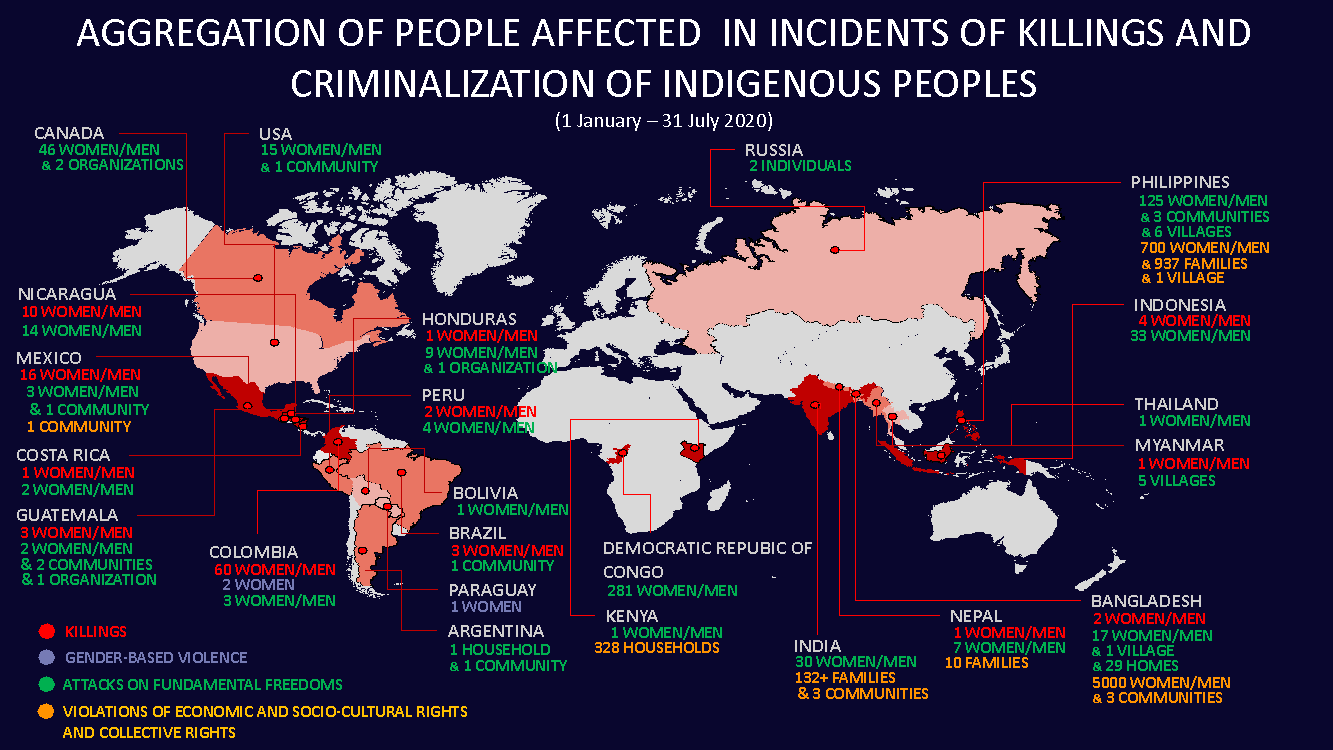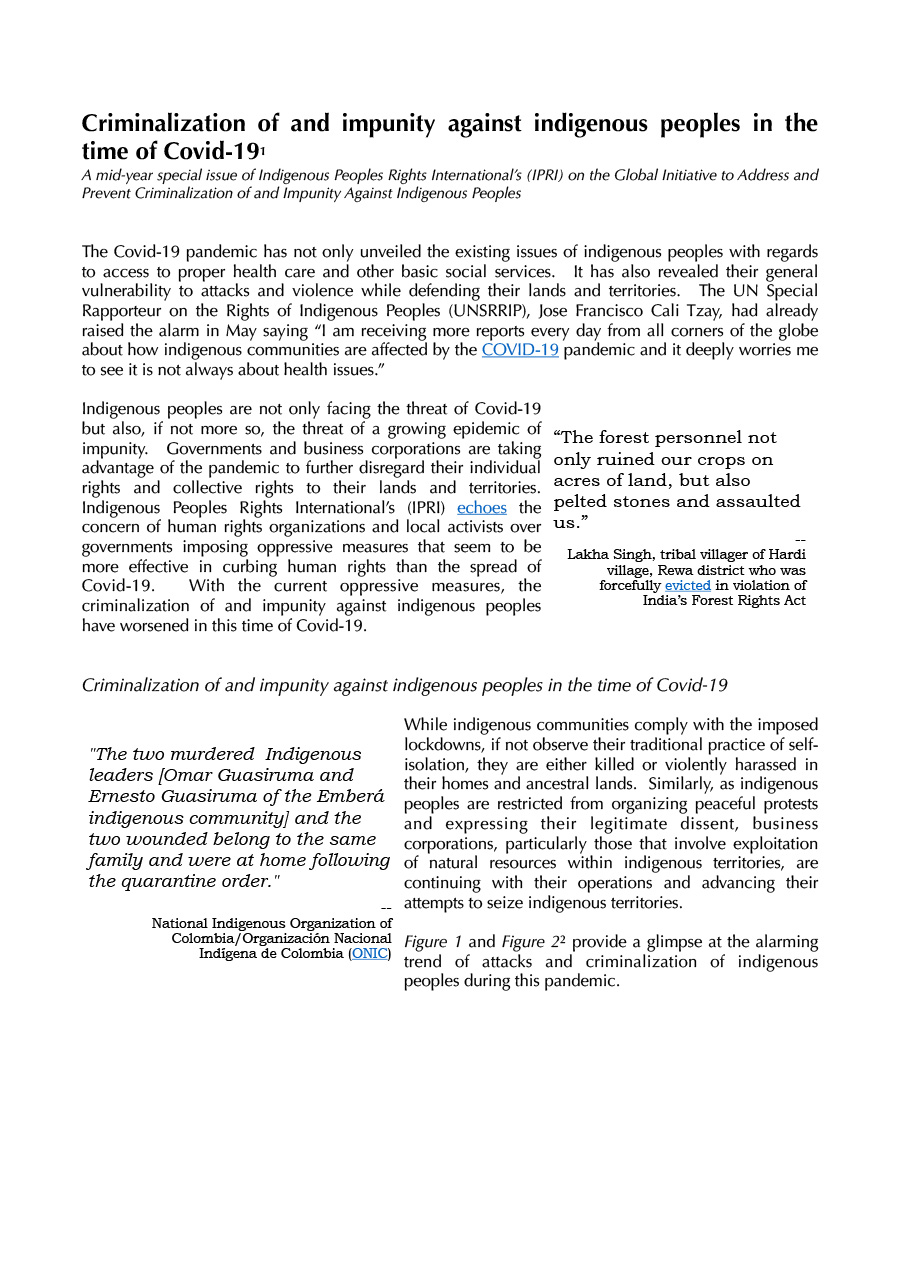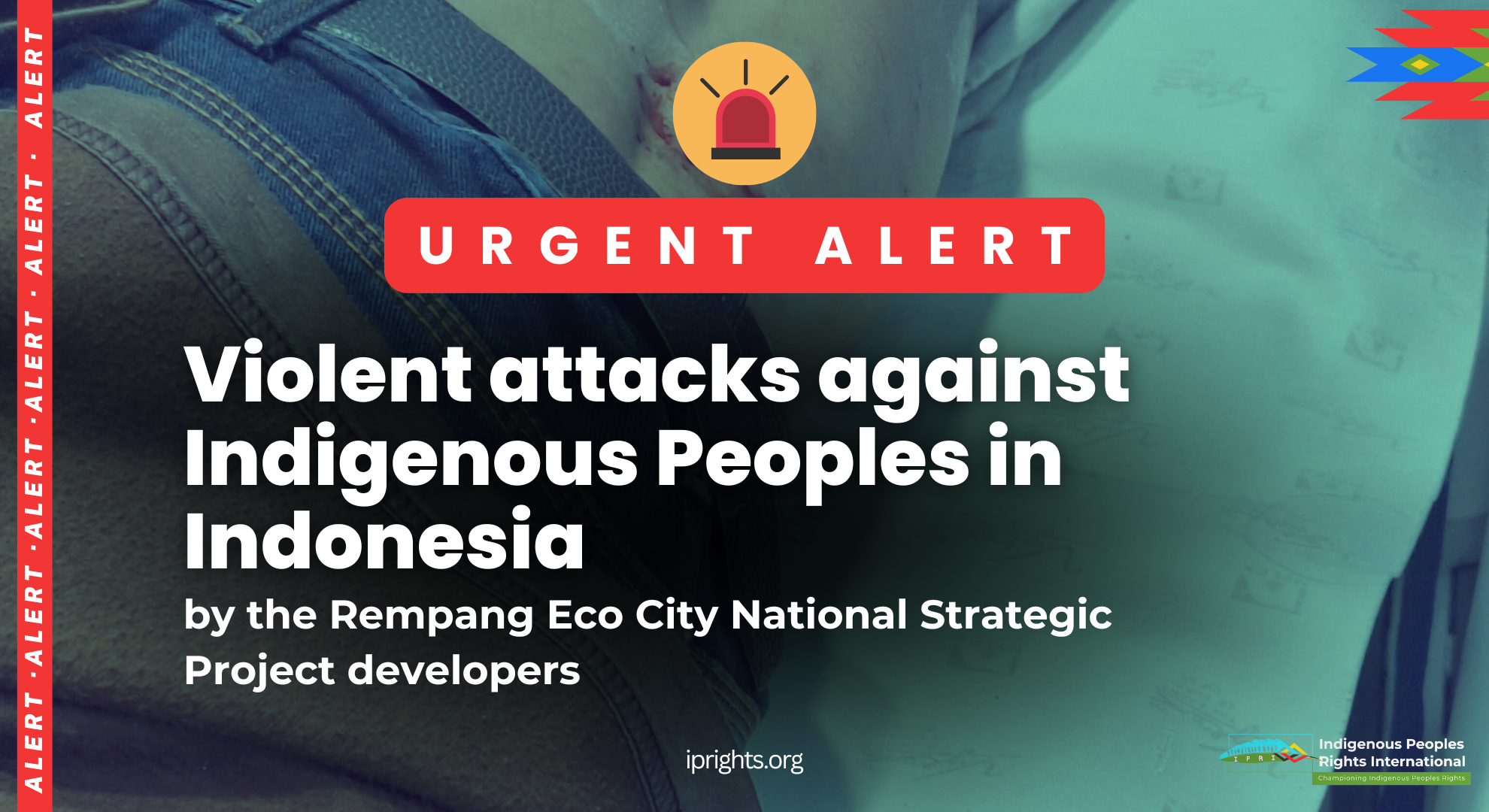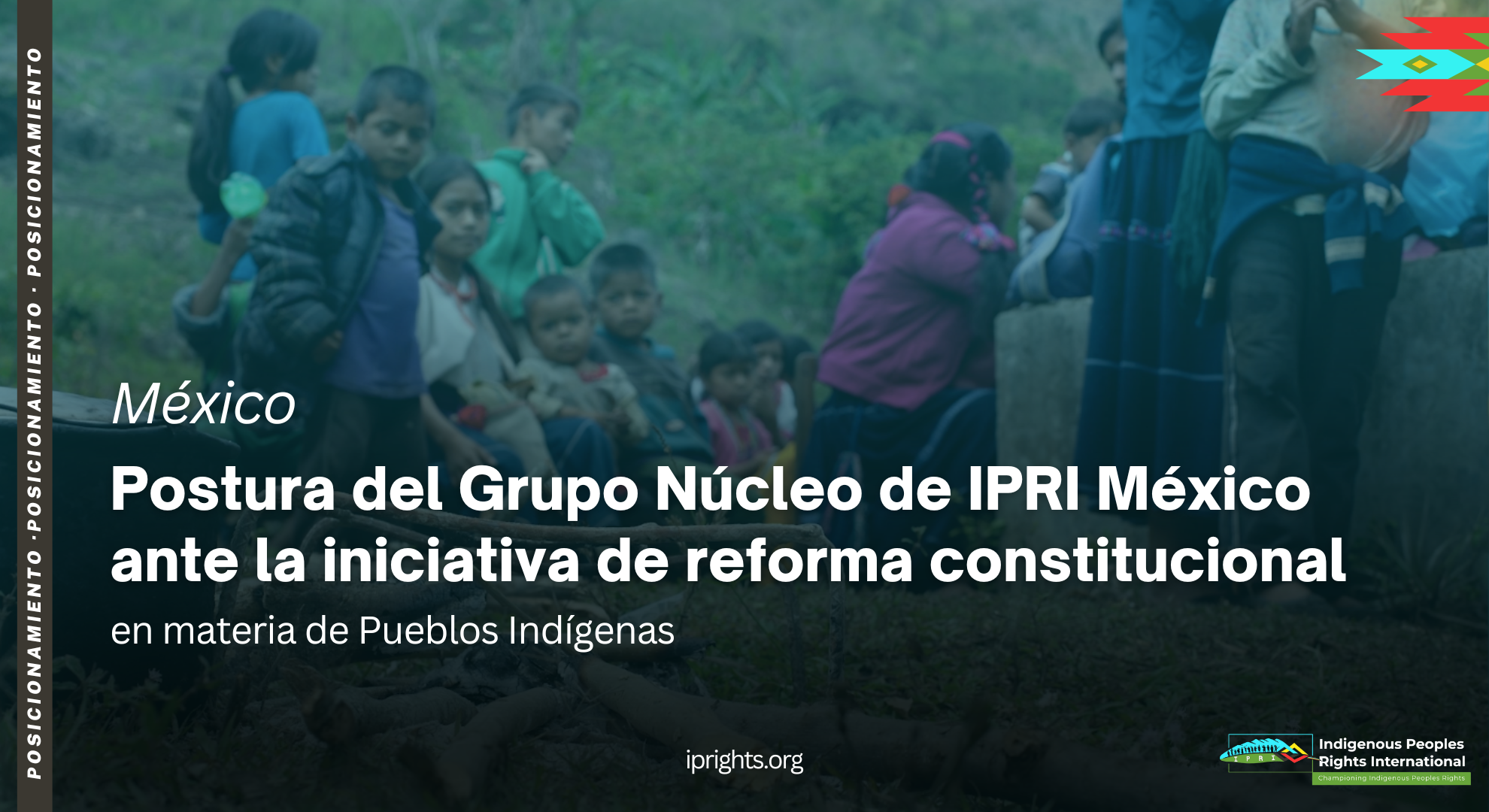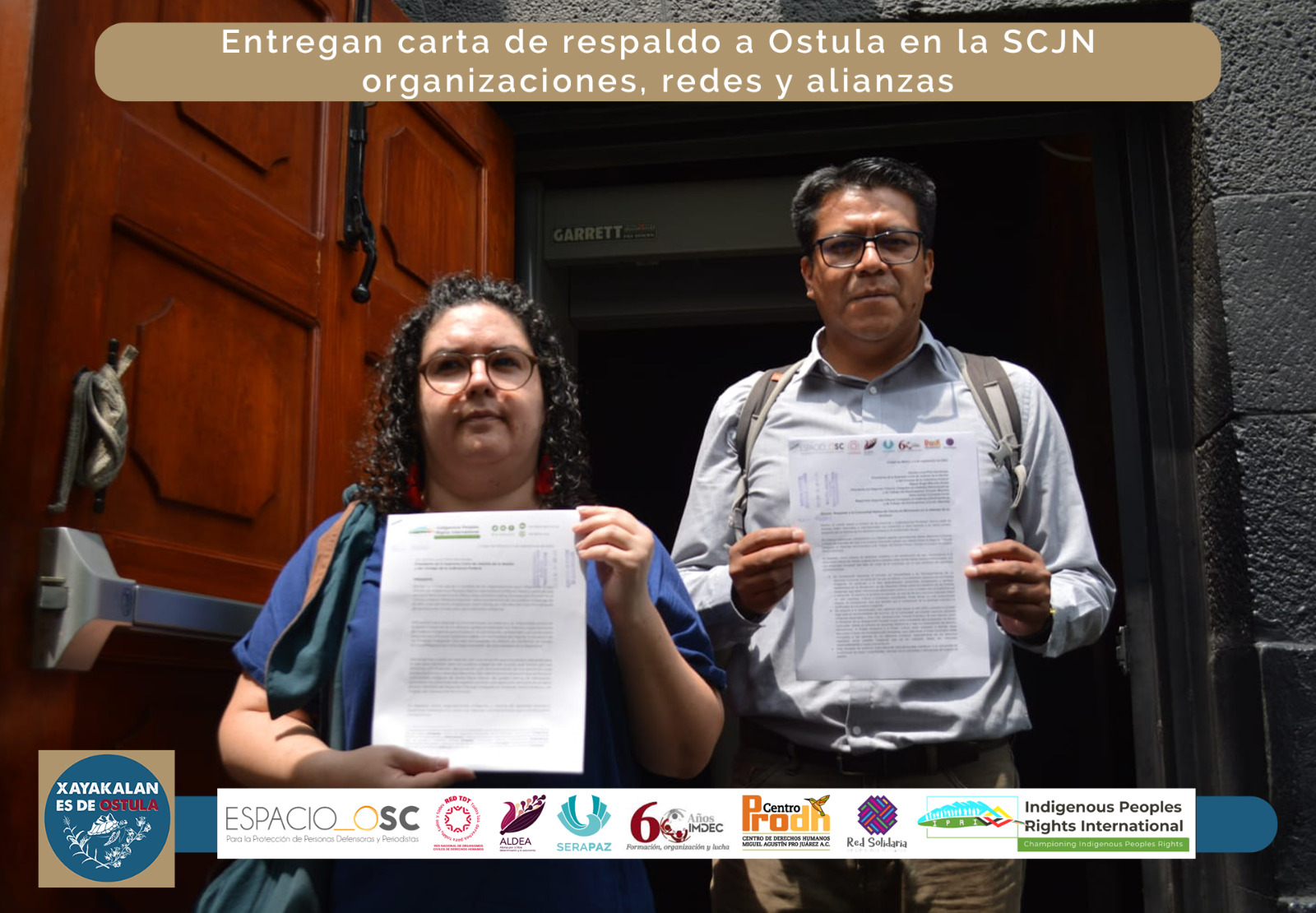Criminalization of and impunity against indigenous peoples in the time of Covid-19
A mid-year special issue of Indigenous Peoples Rights International’s (IPRI) on the Global Initiative to Address and Prevent Criminalization of and Impunity Against Indigenous Peoples
The Covid-19 pandemic has not only unveiled the existing issues of indigenous peoples with regards to access to proper health care and other basic social services. It has also revealed their general vulnerability to attacks and violence while defending their lands and territories. The UN Special Rapporteur on the Rights of Indigenous Peoples (UNSRRIP), Jose Francisco Cali Tzay, had already raised the alarm in May saying “I am receiving more reports every day from all corners of the globe about how indigenous communities are affected by the COVID-19 pandemic and it deeply worries me to see it is not always about health issues.”
Indigenous peoples are not only facing the threat of Covid-19 but also, if not more so, the threat of a growing epidemic of impunity. Governments and business corporations are taking advantage of the pandemic to further disregard their individual rights and collective rights to their lands and territories. Indigenous Peoples Rights International’s (IPRI) echoes the concern of human rights organizations and local activists over governments imposing oppressive measures that seem to be more effective in curbing human rights than the spread of Covid-19. With the current oppressive measures, the criminalization of and impunity against indigenous peoples have worsened in this time of Covid-19.
Criminalization of and impunity against indigenous peoples in the time of Covid-19
While indigenous communities comply with the imposed lockdowns, if not observe their traditional practice of self-isolation, they are either killed or violently harassed in their homes and ancestral lands. Similarly, as indigenous peoples are restricted from organizing peaceful protests and expressing their legitimate dissent, business corporations, particularly those that involve exploitation of natural resources within indigenous territories, are continuing with their operations and advancing their attempts to seize indigenous territories.
Figure 1 and Figure 2 provide a glimpse at the alarming trend of attacks and criminalization of indigenous peoples during this pandemic.
Figure 1: Incidents of killings and criminalization on indigenous peoples.
It shows the incidents of human rights violations in indigenous communities in 23 countries from 1 January – 31 July 2020. The incidents refer to the number of instance or occurrence of rights violations broadly categorized as killings, attacks on fundamental freedoms, attacks on economic and socio-cultural rights and gender-based violence. The data on killings are reflected separately from attacks on fundamental freedoms. The data on attacks on fundamental freedoms are those that involve trumped-up charges, abduction, confinement, attacks on freedom of assembly and expression, illegal arrest and illegal detention, among others. The data on attacks on economic and socio-cultural rights are more focused on collective attacks on indigenous peoples’ right to livelihood, housing, culture and self-determination. The gender-based violence is separated from the attacks on fundamental freedoms to better reflect the particular assaults to indigenous women and girls.
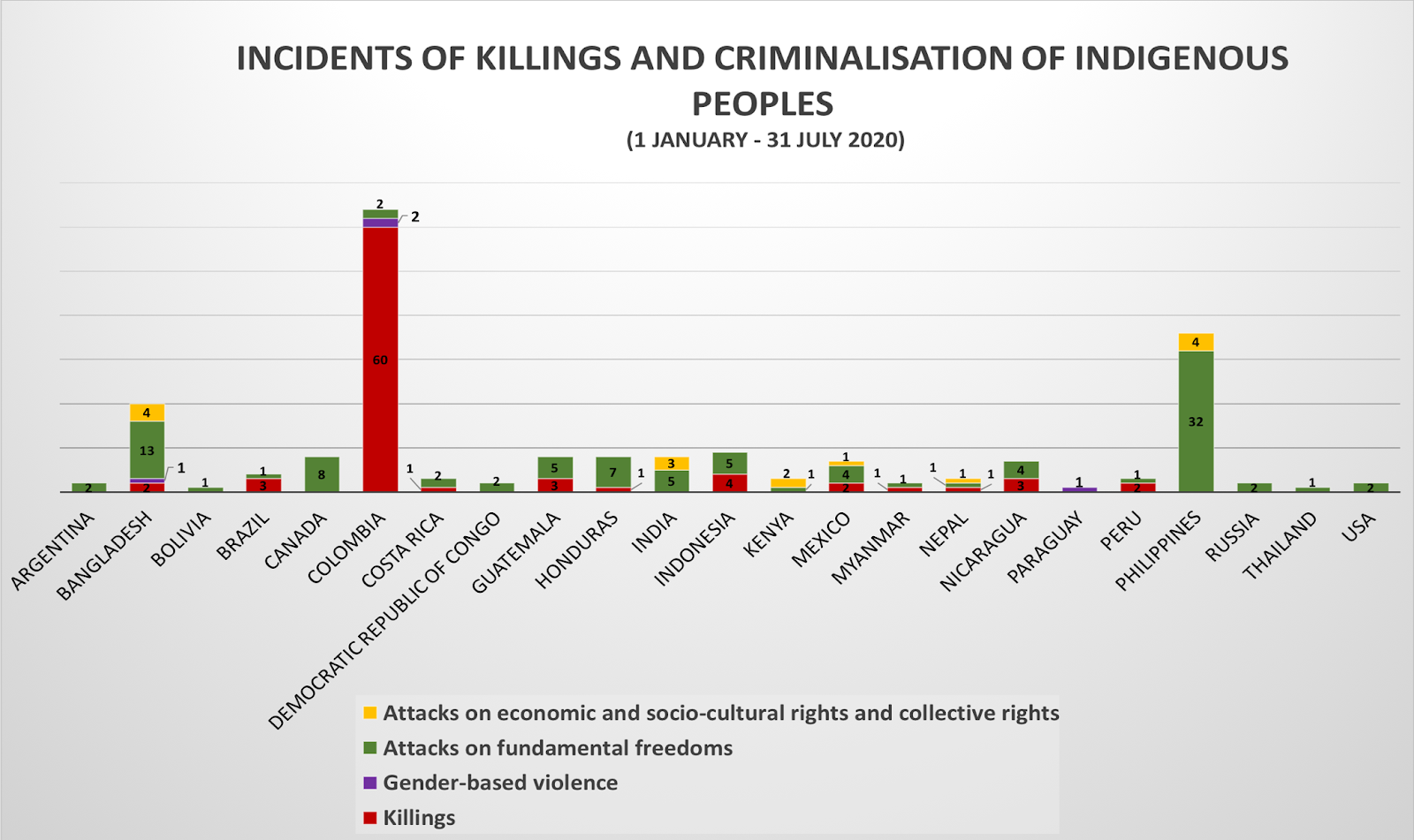
Figure 2: Aggregation of incidents of killings and criminalization of indigenous peoples.
It shows the number of people affected per incident of rights violation. The incidents of rights violations have varying counters. The attacks on fundamental freedoms or attacks on economic and socio-cultural rights often affect indigenous peoples collectively. Thus, the use of collective counters (i.e. home, household, village, community and/or organization). The collective counters are reflected separately as each collective counter is not a repetition from the other counters. There is a current challenge to streamline the counters for collective incidents of rights violations unless particularly reported from partners on the ground. The decision to use women/men to refer to individual count was to emphasize that women are also affected in the other incidents and not only in gender-based violence.
Figure 1 and Figure 2 show a correspondence between the incidents of killings and gender-based violence and their respective number of people affected, i.e. the number of incidents is equal to the individual number of people affected.

